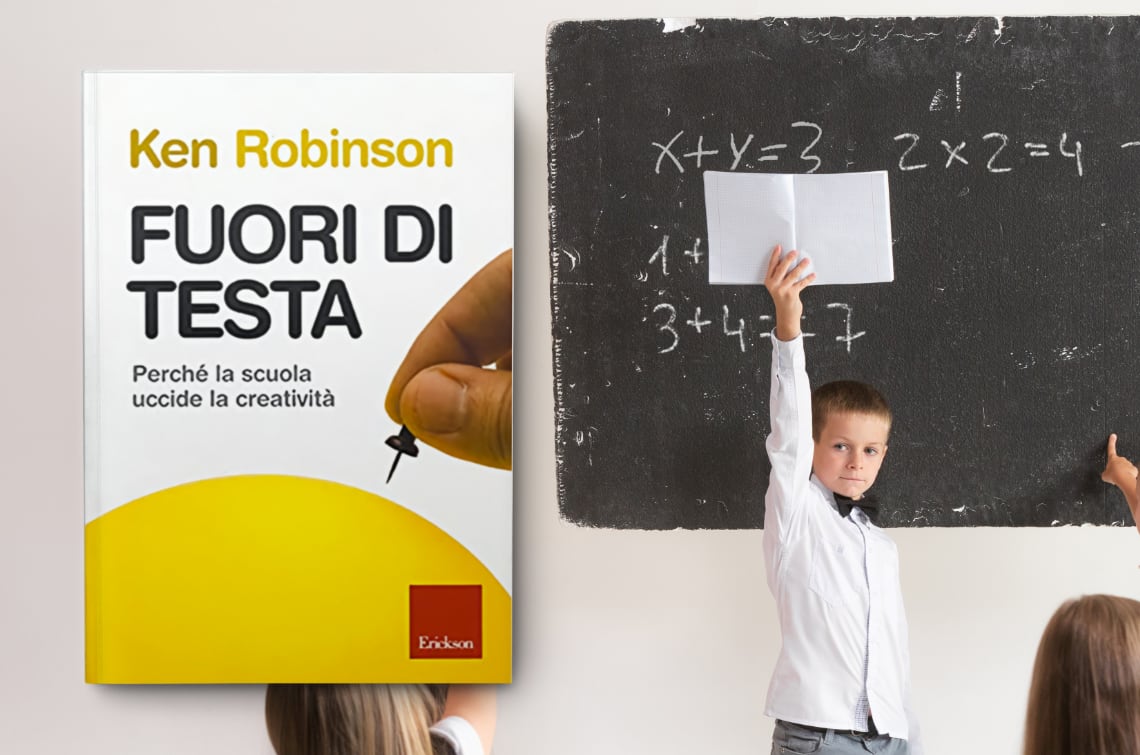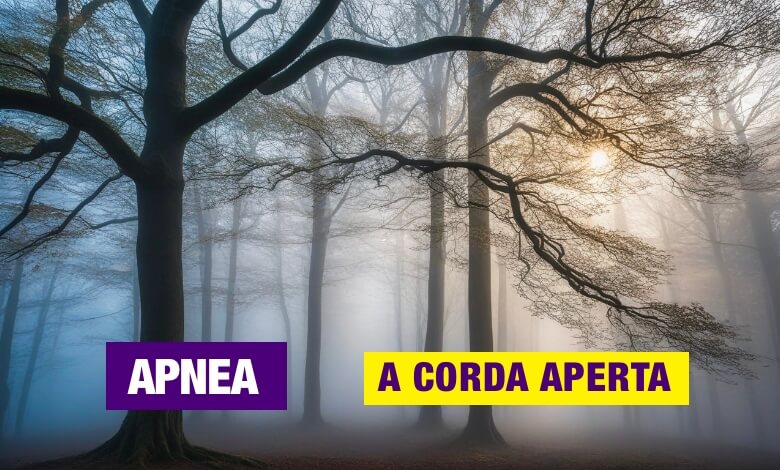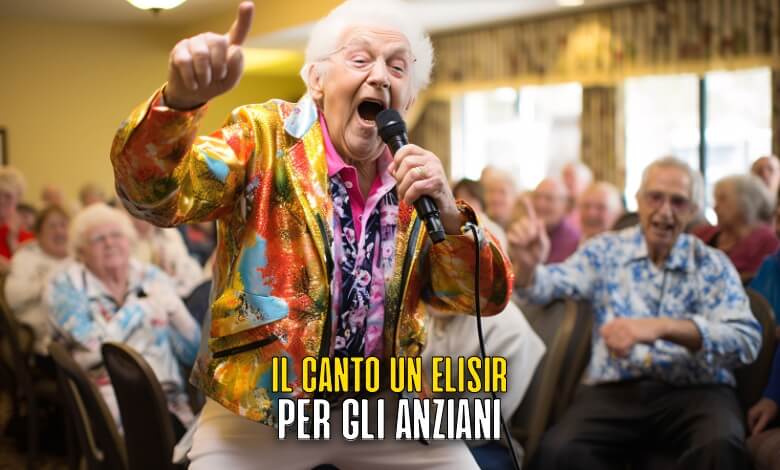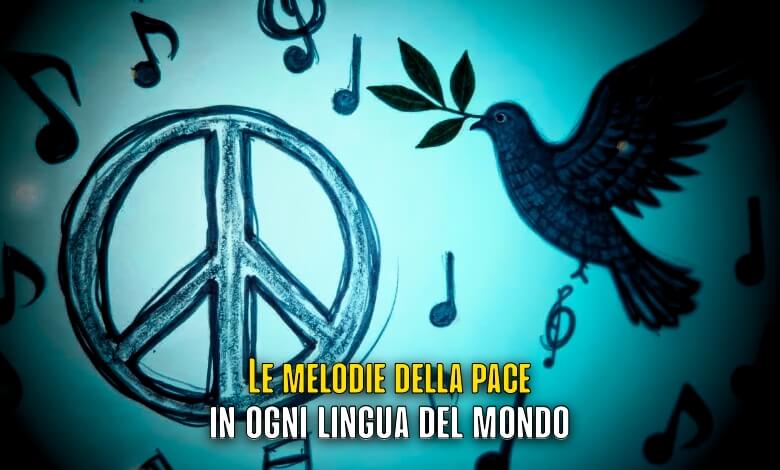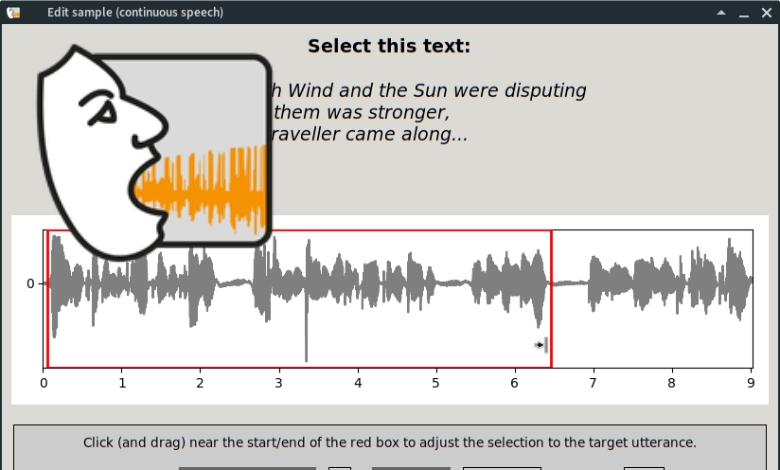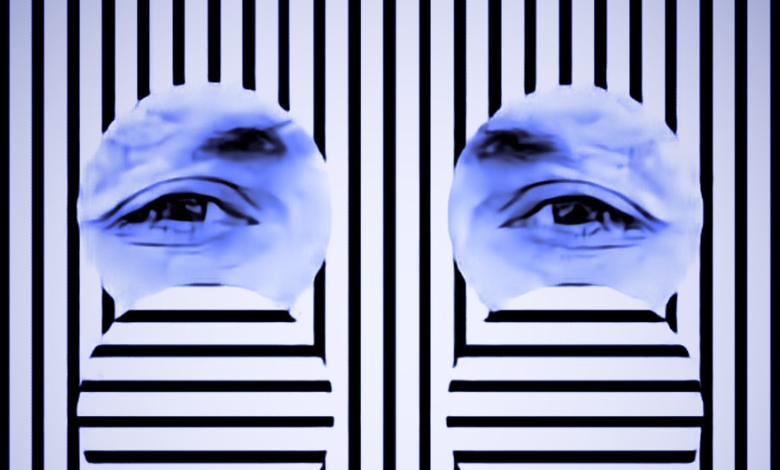Article index
"Out of mind" because the school kills creativity

Author: by
Publisher: Erickson (November 5, 2015)
Language: Italian
Flexible Cover: 278 Pages
“Teaching to use creativity implies asking open questions to which there may be multiple answers; work in a group; Use the imagination to explore possibilities [...]
If you are not ready to make mistakes, you will hardly be able to invent something original. "
Ken Robinson
In the middle of the last year of middle school, the choice of what my path of study for high school should have been urgent to be urgent.
As with all kids, the various days of Open Day of the Higher Institutes began.
Days often organized by the students themselves of the school, who took you around the structure and illustrated environments, classrooms, workshops, paying attention to captivating your attention on what were the prominent elements of the school.
I remember having participated in almost all the open days of the school closest home: from scientific high schools, with a humanistic or linguistic address to professional institutes, technical institutes and whoever has more.
I was fine in school, I had no subjects that I didn't care, I had preferences for some areas but only because I found some more interesting professors than others.
For this reason I did not denigrate the other subjects that did not have the right "glory" in being taught, according to my personal taste.
I was lucky enough to have parents who raised me with a strong sense of responsibility for all my action, have always enhanced "my" thought and my free judgment. This does not mean that they did not recommend what to do, but that in the way of doing it, simply, they did not condition me to the point that my opinion change.
And so for me the choice of what my school "destiny" had to be more and more difficult.
I couldn't choose!
If the school I visited was an old structure, it fascinated me by freeing my imagination in the historicity of all the people who had spent their studies there.
If the structure was recently built and spoken of modern equipment, I was enchanted by the idea of how I could learn to become familiar with technology.
So it was a nice trouble.
Not that everything was fine, but simply in the brochures of all the schools I visited, I read the subjects they faced and how many hours a week they were destined for each.
Data that for me were unable to make a big difference, considering that most of the listed subjects were new and never studied previously.
The months passed and I managed to skim at two choices (do not ask me how, some exclusion was influenced by the few daily buses that were available to reach the school).
On the last day useful for the delivery of the registration form, I presented myself with both modules compiled: socio-psycho length of pedagogical and state industrial technical institute.
The antipodes.

The former enhanced humanistic studies and the latter highlighted technology and practical processes.
I arrived at the chair with both modules placed in fan and asked the Italian professor to choose one.
Unfortunately I was not in his sympathies (several times I had been accused of being irreverent towards him, only because one day I replied in tone, during a lesson where he judged the southern dialects as ignorant. But this is another story)
in mistaking mine Proposed to choose, he stirred his hands, making one fall on the ground.
So I delivered the only one left in my hands.
This is how I became a computer technical expert.
I never believed that mine had been a stupid or childish choice, it was simply a choice and I was happy with it.
In my path of study I met a couple of professors who literally "trained" me not only in the subject, but in my way of thinking, people with whom, to date also I have a relationship, a bond of esteem and affection.
One of these was my first and second year professor of mathematics.
I remember that at the end of every lesson of mathematics I took home the passion with which he explained, despite the difficulties of approaching a large and very listless class.
Through formulas and numbers he managed to ask me reflecting me by asking me questions not always consone to mathematics but which were generated following his explanations.
He had in his way of teaching the elements necessary to get to capture the essence of training.
He was creative and helpful, and often outside school hours he listened to my thoughts, suggesting books or telling me anecdotes of his life.

This was able to bring me home excellent results to me.
In the third year, as often happens, did I change most of the professors and guess a little? Mathematics became a nightmare, not only for the complexity of the new topics but because I no longer saw the glitter that had attracted me.
Included on my skin what are the fundamental elements in doing teaching: people.
This book explains the essence of the concept of creativity.
Of how much each individual has a potential to educate.
What is taught and the way it is taught must activate the right energy, the imagination. It cannot be made sure that a person learns against his will.
There is talk of how creativity is often confused, with the incorrect concept of "exuberance" or "emotion".
Of how creativity is necessary in daily life, how to develop it, how to structure it and how to find it.
It makes it a well -articulated analysis, how in history the contexts of multiple factors have influenced the whole world, including the school system.
Analyzes those common places that still tend to divide the two worlds of art and science, why the artist is often considered as an "emotional anarchist" and a mathematical as an "superior intelligence entity".
How often you say "do not study music: you will never earn to live as a musician" and why you don't say "do not study sciences: you will never become a scientist".
It is a book that has roots in the historiographic analysis of culture and processes, in technology and the importance of sharing and false myth of the "lone genius".
Ken Robinson makes it a clear reflection, flowing to reading and full of a 5 -page bibliography (small writings, I underline).
It is an illuminating book that I believe must be in the library of each of us, but above all of those who deal with teaching because they have to do with the creativity of others and, if in the musical field, even more so.
If in the school open days instead of making me read broche of subjects and visiting the new workshops had presented me the professors (the people to whom my training was entrusted) I would have had no doubts in the choice.
Read also the article: Mix & Belting emissions compared


